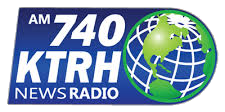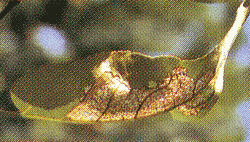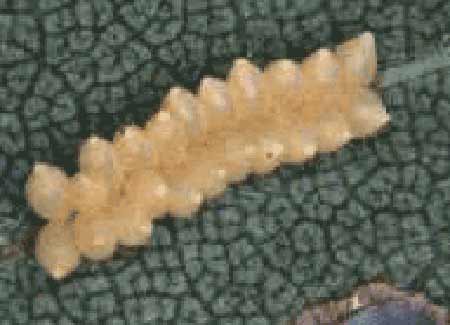Elm Leaf Beetle
The elm leaf beetle is a common insect for all varieties of elm trees, although it favors the Siberian elm. The adult beetle is approximately 1/4 inch long,
1/8 inch wide, olive to brownish-yellow in color with a black stripe along the extreme edge of the wings. The worm-like larvae are about 1/3 inch long, black, or yellow and black, depending on their larval stage. The pupae are orangish-yellow. The adult beetle deposits clusters of football-shaped eggs on the undersides of leaves.
The most severe damage is done by the larvae, which skeletonize the leaves by chewing the tender leaf tissue, leaving only the veins. The leaves will dry, and fall prematurely. The adult beetles chew round holes through the leaf. Although unsightly, damage by adult beetles has minimal effect on leaf function.
Damage from elm leaf beetles is generally not sufficient to kill a tree, but it can stress the tee enough for other insects and diseases to severely damage the tree. Trees subjected to repeated defoliation will eventually go into decline.
Elm leaf beetles will have at least two generations per season in the northern extremeties of the Houston area, while areas near the coast will have three full cycles in a growing season. Larvae will, often, travel down the trunk of the tree to pupate. The adult beetle overwinters in protected areas, such as debris piles. In regions of more exterme cold, the beetles will seek shelter in homes, which may be a nuisance, but they will not cause any damage.
Becuase of the beetles’ rapid life-cycle, effective control of elm leaf beetle requires multiple applications of chemical treatments appropriate for the beetles’ life stage.












